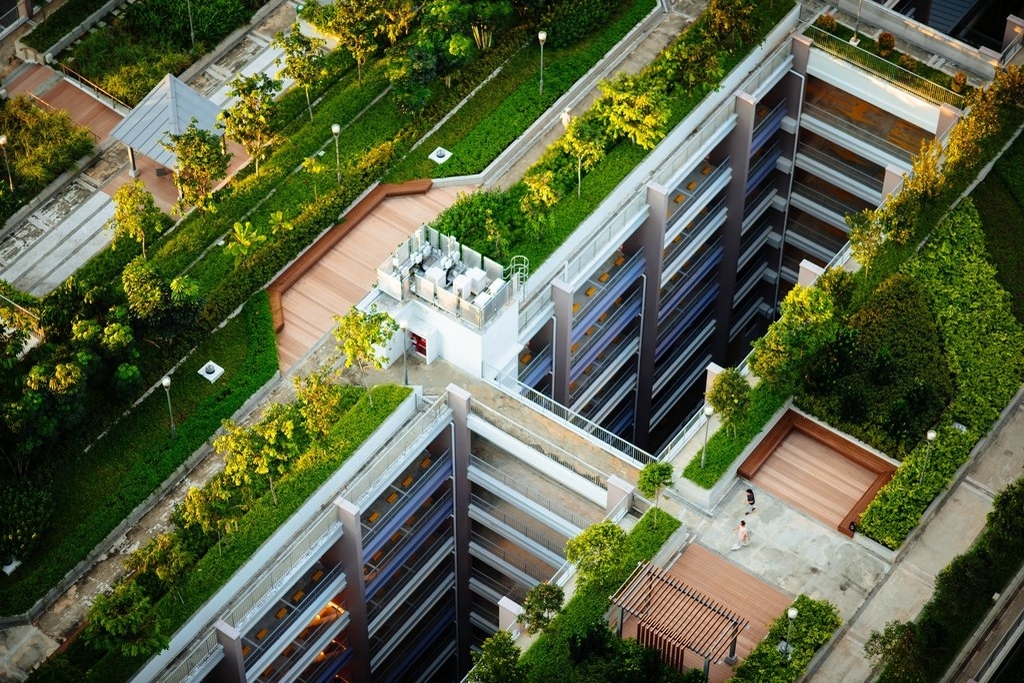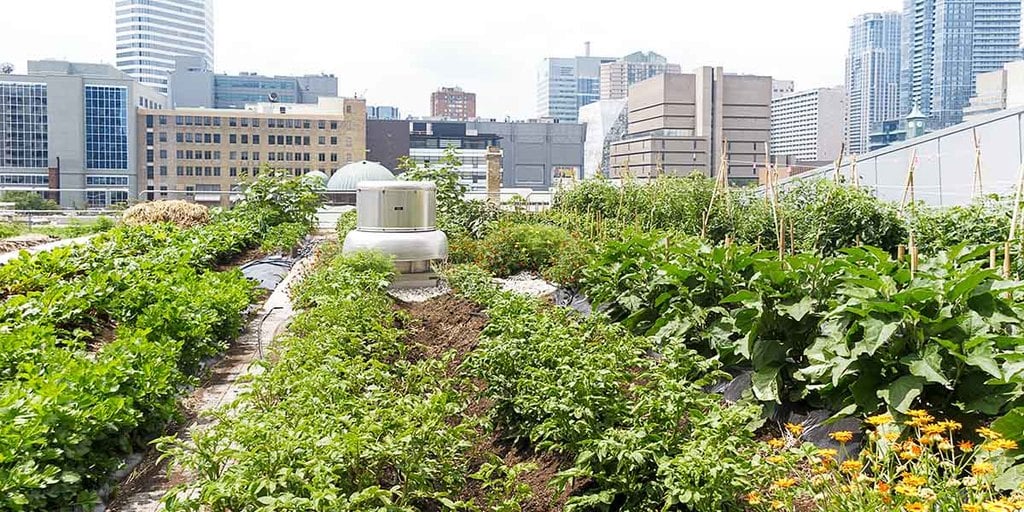8 Simple Techniques For City Blooming
Table of ContentsNot known Incorrect Statements About City Blooming Some Known Details About City Blooming Things about City BloomingThe smart Trick of City Blooming That Nobody is Talking AboutMore About City Blooming
Intrigued in growing food for sale in the City of Chicago? Below is a list of regularly asked inquiries relating to the rules and laws that cultivators ought to consider when planning a city farming job.
The zoning amendment does not customize any type of various other codes managing composting, structure authorizations, buying or renting City had home, service licenses or ecological contamination. There are existing codes that manage these issues and they continue to be completely impact and may apply to your job. Neighborhood yards are usually possessed or taken care of by public entities, public organizations or community-based organizations and preserved by volunteers.
Urban ranches expand food that is meant to be offered, either on a not-for-profit or for-profit basis. Due to their commercial objective, city farms require an organization certificate.
9 Easy Facts About City Blooming Described
The amount of compost product can not exceed 25 cubic backyards at any kind of given time according to the criteria in 7-28-715 of the City's Municipal Code. Because the soil at most new garden websites needs changing, compost, dirt, wood chips, or various other materials can be acquired to construct or boost the growing space.

If a structure license is needed then the hoophouse will be considered an accessory structure. You can learn even more concerning the building permit demands by speaking to the Department of Structures. The 25,000-square-foot dimension restriction is meant to stop a single neighborhood garden from controling an offered block or interfering with the block's existing household or industrial character.
The restriction does not relate to gardens found in Public Open Space (POS) districts. Can there be more than one area garden that is 25,000 square feet on a solitary block? Yes. The dimension limit puts on specific yards, not to individual blocks. No. Secure fencing is not required, nevertheless, yards that have large parking lot might be called for to mount fence or other landscape design attributes.
Our City Blooming PDFs
B1 & B2 areas need that all industrial use tasks be conducted indoors. R areas limit business activity. The regulations reflect the purpose and intent find this of the Zoning Code. Is fencing required for city ranches? Yes. Fences may be called for, along with landscaping and testing, for sure parking lot and outdoor job or storage space locations relying on location and the details task taking area.
Urban farms need building authorizations and zoning approvals prior to building (garden care). Various other forms of city evaluation might be required depending on details structures, activities, dimension, landscaping, licensing, public health and stormwater management concerns.
Yes. The sort of license is identified by what is taking place at the site. The Department of Organization Affairs and Consumer Security can aid identify the particular sort of company license that's needed. Yes. Off road parking is needed for the majority of industrial projects in Chicago. The needed variety of vehicle parking spaces is based on the number of workers servicing website and not the square footage of the growing area.
The Basic Principles Of City Blooming

An urban farm can sell garden compost product produced on site, however, the operation needs to conform with the laws in 7-28-715 of the Chicago Municipal Code. Aquaponic systems are allowed inside on metropolitan farms in numerous zoning districts.
Approximately 5 hives or colonies of honey might be maintained as an accessory use. However, beekeepers should register with the Illinois Department of Farming. For more details regarding the proposed zoning modification you might speak to the Division of Housing and Economic Development, Bureau of Preparation and Zoning at 312.744.8563.
, which takes location in country areas at the edge of suburbs.
The Basic Principles Of City Blooming
It can include a movement of natural growers, "foodies" and "locavores", who seek to form social networks founded on a shared principles of nature and neighborhood holism. These networks can establish by method of official institutional assistance, ending up being incorporated into local town preparation as a "transition town" activity for sustainable urban development.
The extra straight access to fresh vegetable, fruit, and meat products that might be realised through metropolitan agriculture can improve food safety and food security while lowering food miles, leading to lower greenhouse gas exhausts, thereby adding to climate adjustment reduction. Some of the first evidence of city farming comes from Mesopotamia.